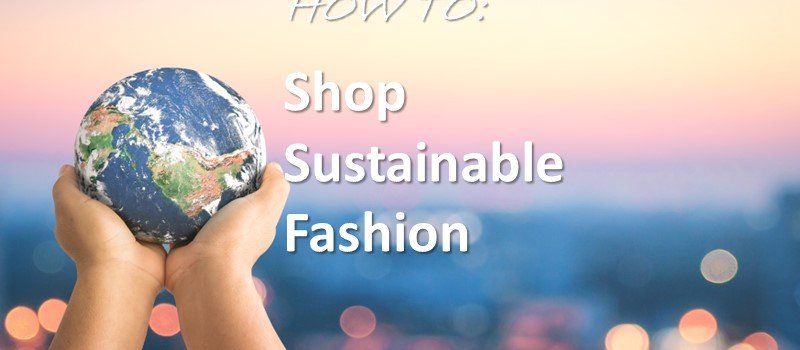Whether you’re a vegan or someone who is concerned about animal cruelty, it’s important to understand the impact of the materials that our clothes are made from. Suede is one such material and, for many, it remains a mystery whether suede is vegan and cruelty-free or not. If you’ve been wondering the same thing, keep reading as we answer this burning question; “what is vegan suede made of”?
What is vegan suede Made of? [Essential Materials]
Vegan suede is generally made from microfiber synthetic fabric, which is a kind of synthetic fabric.
Vegan suede items such as shoes are created without the use of leather soles, but with a recycled resin sole and insoles produced from recycled cardboard in place of leather.
Making vegan suede does not involve the use of any animal byproducts or derivatives, including suede, shearling (sheepskin), leather, wool, silk, or fur, unlike its animal-based counterpart.
To create the majority of vegan suede items, polyurethane is used and, in some circles, vegan suede is sometimes referred to as faux leather.
For more on vegan clothing alternatives, check out our article on non vegan clothing.
That’s because vegan suede has the appearance and feel of genuine leather and may be used in practically all of the same applications. In fact, vegan suede is often preferred over genuine leather, not only because it is more animal-friendly, but also because it’s much less expensive, making it a more cost-effective option.
Vegan suede is a long-lasting material that is resistant to warping and breaking. It’s also low-maintenance: all you have to do is wipe it off with a moist towel every now and then.
Furthermore, unlike actual leather, which fades over time, vegan suede holds its color for a long period of time.
What Is Vegan Suede Used For?
As we’ve established, vegan suede is made from synthetic fibers in a process that does not involve the use of animal-derived materials. This results in an incredibly robust and versatile material that can be used to make a variety of different types of clothing items, including shoes and gloves.
Vegan suede may also be used to make jackets, bags, faux leather coats, and many other “vegan leather” products.
Overall, suede can is often used for the very same tasks as other textiles like cotton, leather, or linen, with a few exceptions.
The furniture industry also uses suede for fabric upholstery where it’s seen as a luxurious finish. However, because it’s suede and not leather, it is both less durable and harder to get drink or food stains out of it later.
Vegan Suede Alternatives
If you can’t find vegan suede, there are several alternatives that you can choose from. In fact, a few new rivals have emerged as a result of technological advancements in the textile sector. These goods, which are based on diverse polyester microfibers, are becoming increasingly easy to access:
Faux Fur
Faux fur is a cruelty-free approach to fashion that is manufactured from acrylic plastic strands that are designed to resemble the appearance and feel of genuine fur. A half-century of technical developments has transformed fake fur into something that is practically indistinguishable from genuine fur while still being just as warm. And to think that not too long ago, faux fur used to be considered less appealing and less warm than animal fur.
Faux fur is also far less difficult to maintain than genuine fur. This product does not need special storage due to the fact that it’s made from plastic and is thus resistant to insect assault.
Furthermore, although genuine fur is normally dry cleaned, fake fur can easily be hand-washed, which is much more practical and far less costly than dry cleaning.
And, in terms of style, there’s nothing quite like fake fur when it comes to adaptability. Clothing designers have almost limitless possibilities when it comes to faux fur because it may be dyed in a wide range of colors to give it distinctive textures and patterns.
Faux Suede
Initially, plastic polymers were widely adopted to create vegan suede material. This includes mostly either polyurethane or polyvinyl chloride (PVC) or polyester microfiber.
These materials are produced in many factories and are easy to access for vegan suede manufacturers.
What is vegan suede made of now?
Today, alternative materials are being tried out to make vegan suede more appealing and environmentally friendly too. Everything from recycled tires to cork and mushrooms has been included in the mix. Yet, presently, some form of polymer/plastic remains the most common building block.
In addition to these materials, the manufacturing process relies on petroleum, along with dimethylformamide and some derivatives for coal-tar too.
This makes it less planet-friendly than we’d hope and explains why some people choose not to purchase suede at all, vegan or otherwise.
Vegan Suede vs Real Suede
Faux suede has the appearance and feel of real suede, but the polymers used to make it are considerably more resistant to water damage and can be cleaned more readily.
The stain-repellent properties of faux suede make it particularly well suited for apparel items that are subject to stains, such as shoes, coats, and purses. Faux suede is also substantially less costly than real suede, making it an excellent alternative for anyone looking to save money.
If you’re not already living a vegan lifestyle, why not check out our article on how to get started as a vegan.
Conclusion
If you’ve made it this far, then you know what vegan suede is made from and why it’s a better alternative to traditional suede. Not only is vegan suede made from durable microfiber synthetic fabric, but no animals are harmed or killed to produce it. This is what makes it a great choice for vegans, conscious consumers, and anyone who is cautious about animal cruelty.




